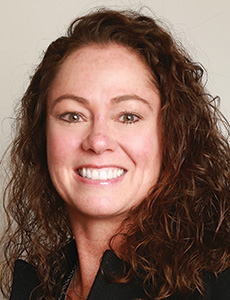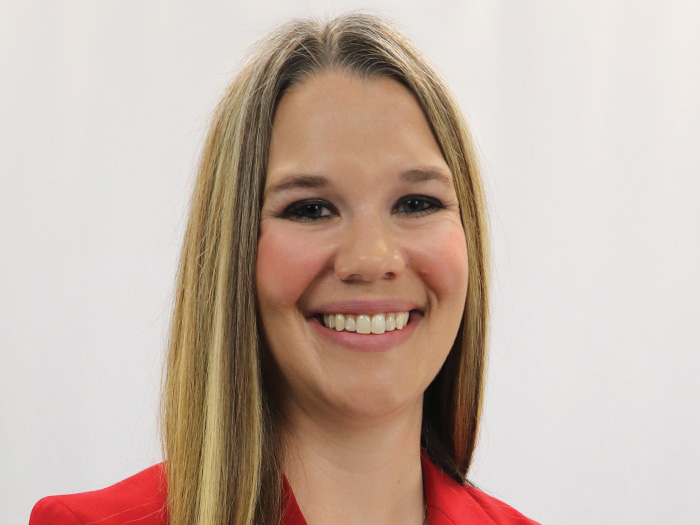Professional Liability Underwriters Face a Watershed Moment. Here’s What to Look For When PLUS Meets in Dallas

Entering their first hard market since 9/11 20 years ago, professional liability insurers and brokers will be looking to a price correction after three years of double-digit rate increases.
Among the most affected lines of business are large law firms, accountants, consultants, architects and engineers.
At the same time, the sector is having to contend with the rising tide of ransomware attack claims, which are growing in both frequency and severity and have been piling up due to the courts being shut during the pandemic.
Insurers and brokers are also having to deal with a hardening errors and omissions (E&O) market, mounting directors and officers (D&O) security class actions, litigation funding, social inflation, and larger verdicts and settlements, not to mention emerging risks, such as climate change and the economic fallout from the COVID-19 crisis.
All of this is happening while the risks themselves become ever-more complex and intertwined.
Those will be just some of the key talking points at the Professional Liability Underwriting Society’s annual conference held at the Hilton Anatole, Dallas from November 8 to 10, 2021.
“The post 9/11 hard market was a capital event,” said Laura Coppola, managing director, global head of FINPRO and head of casualty North America at Swiss Re Corporate Solutions. “This most definitely isn’t; there’s an abundance of capital available in the marketplace, particularly over the last 12 to 18 months.”
“This is a pricing event where the floor has been elevated for adequate pricing. While business is still being priced above the average loss trends, a deceleration in significant double-digit rate increases is due.”
Rise of Ransomware
One of the hardest areas of the market is cyber liability, driven by increasing ransomware demands from hackers. A combination of resulting losses and an increase in severity of one-off events, has forced insurers to ramp up rates and pull back on coverage.
“Recent events such as SolarWinds and Microsoft Exchange have served as a reminder of the aggregation of cyber exposures,” said Jason Glasgow, senior vice president, U.S. cyber lead at Allied World. “Couple that with the attritional losses that are making portfolios unprofitable and we are starting to see a pullback in appetite and capacity, especially in harder-to-insure classes of business such as public entities, higher education, cryptocurrency exchanges and airlines.
“Last year was the perfect storm, with the global pandemic that forced everyone that could to work remotely, putting additional strain on cybersecurity experts and company infrastructure, and cyber criminals took advantage of that. In the past several years hackers had switched the favored attack vector from data breaches to ransomware. Combining these two factors in 2021 resulted in more companies being vulnerable to attacks and claims increased significantly.”
The potential accumulation of cyber risk runs to the multi-billions of dollars and there isn’t enough capital in the traditional insurance market to protect against it.

Laura Coppola, managing director, global head of FINPRO, head of casualty North America, Swiss Re Corporate Solutions
“Cyber liability is going to be an extraordinarily hard market, probably for the next one to two years, simply based on the evolution of the peril and the marketplace conditions,” Coppola said.
The Co-Insurance Solution
Insurers have reacted by requiring clients to have stronger defense and response mechanisms in place as a condition of coverage. This has been a challenge for small and mid-size companies that haven’t been targeted by criminals before.
Co-insurance has emerged as a way for clients to secure affordable coverage, yet they still need to invest in and upgrade their data privacy, and IT and network security and cybersecurity. They should also work with their brokers and insurers to develop their risk mitigation practices and controls, such as remote desktop security and multi-factor authentication.
“What can cyber insurers offer aside from the policy itself to assist their customers’ cybersecurity goals?” said Andrew Lipton, vice president, head of cyber claims at AmTrust Financial. “Increased cyber hygiene should help insurers and their insureds avoid more predictable losses originating from widespread or well-known vulnerabilities.”
The insurance industry, companies, governments and regulators also need to collaborate to invest in and develop innovative products and solutions. Those firms that can proactively and successfully achieve that will stand to capitalize on opportunities and prosper most moving forward.
“Rates are hardening across all classes and this will likely continue,” said Doug Sifert, senior vice president, lawyers’ professional liability at Berkshire Hathaway Specialty Insurance. “We will likely see markets continue to take measures to limit their exposure as losses start to come in from COVID-related claims.”
Increasing D&O Litigation
Another increasingly challenging area is the rise in D&O claims and litigation. Exacerbated by a triple whammy of the pandemic, third-party funding for lawsuits, and social inflation, D&O direct written premiums soared 41% in 2020, according to S&P Global Market Intelligence.
“The big question is how long with the hard market for D&O insurance last?” said Kevin LaCroix, executive vice president at RT ProExec.
“It’s certainly one of the most challenging areas in professional liability right now.”
Franchisors E&O is another. The problem is finding an insurer willing to write the risk because of the sheer number of franchisees in different states and even countries, and the size of claims, on average more than $500,000.
“This has been compounded by the fact that during the pandemic certain franchisees such as restaurants and hospitality couldn’t open so their revenue declined hugely and that impacted on franchisors’ royalties received,” said Peter Taffae, managing director of Executive Perils.
Amid all this, Tom Monaghan, executive vice president at IronPro, Liberty Mutual, said that the biggest challenge for insurers has been making an underwriting profit. That means delivering a combined ratio below 100%.
“This has driven rate and much more disciplined underwriting and risk selection,” said Monaghan. “It has become even more important in the face of a low interest rate environment where insurers can’t rely on investment income to offset their narrow margins.”
“Moving forward, customers will demand greater degrees of specialization supported by more disciplined and data-driven decisions,” added Todd Greeley, chief operating officer at QBE North America. “There is also a greater need for underwriting and claims to work seamlessly together as new risks emerge more quickly than ever.”
And it’s only now that companies are taking action on climate change. Insurers and brokers need to assess risk from an environmental, social and governance perspective in order to help protect their clients. &










